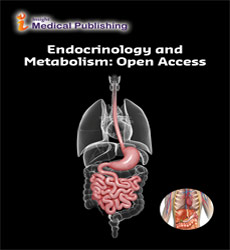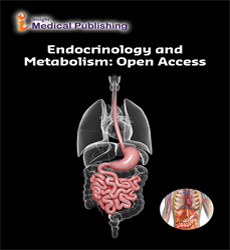Environmental Determinants of Diarrhea Morbidity among Children under 5 in developing Countries; The case of Migori County in Kenya and Fatigue
Abstract
Background: Globally, 2.5 billion cases of diarrhoea occur among under-fives every year. Diarrhoea, a major cause of morbidity accounts for over 70% of childhood diseases in Africa. In Kenya, diarrhoea is a major public health problem, listed amongst the leading causes of mortality and morbidity amongst under-fives. Objective: To determine the environmental factors associated with diarrhoea among children under 5 years in Migori County. Methodology: Quantitative approach was used where data collection involved a questionnaire. A total of 216 under- five children were sampled using multistage sampling technique. Analysis of data included generating descriptive and inferential statistics (Chi-square tests). Results: Findings revealed that the environmental factors including method of refuse disposal (p<0.001); latrine availability (p = 0.001); latrine type (p = 0.037);latrine sharing (p<0.001); source of drinking water (p = 0.009); water storage (p = 0.002); method of drawing water (p = 0.005); scooper cleaning (p<0.001); cleaning water container before refilling (p = 0.034); and drinking water treatment (p = 0.010)had an effect on the occurrence of diarrhea in under-five year old children. Discussions :A number of other environmental characteristics of mothers (or caregivers) of under-fives were found to be associated with diarrhoea in this study. Under five diarrhoea morbidity can be minimized if concerted efforts are made to improve waste disposal, increase latrine availability, reduce latrine sharing, improve drinking water source, treat drinking water, improve water storage and hygiene. Conclusion: The environmental determinants of diarrhoea morbidity identified should be addressed to prevent occurrence of diarrhoea disease among under-fives.

Open Access Journals
- Aquaculture & Veterinary Science
- Chemistry & Chemical Sciences
- Clinical Sciences
- Engineering
- General Science
- Genetics & Molecular Biology
- Health Care & Nursing
- Immunology & Microbiology
- Materials Science
- Mathematics & Physics
- Medical Sciences
- Neurology & Psychiatry
- Oncology & Cancer Science
- Pharmaceutical Sciences
